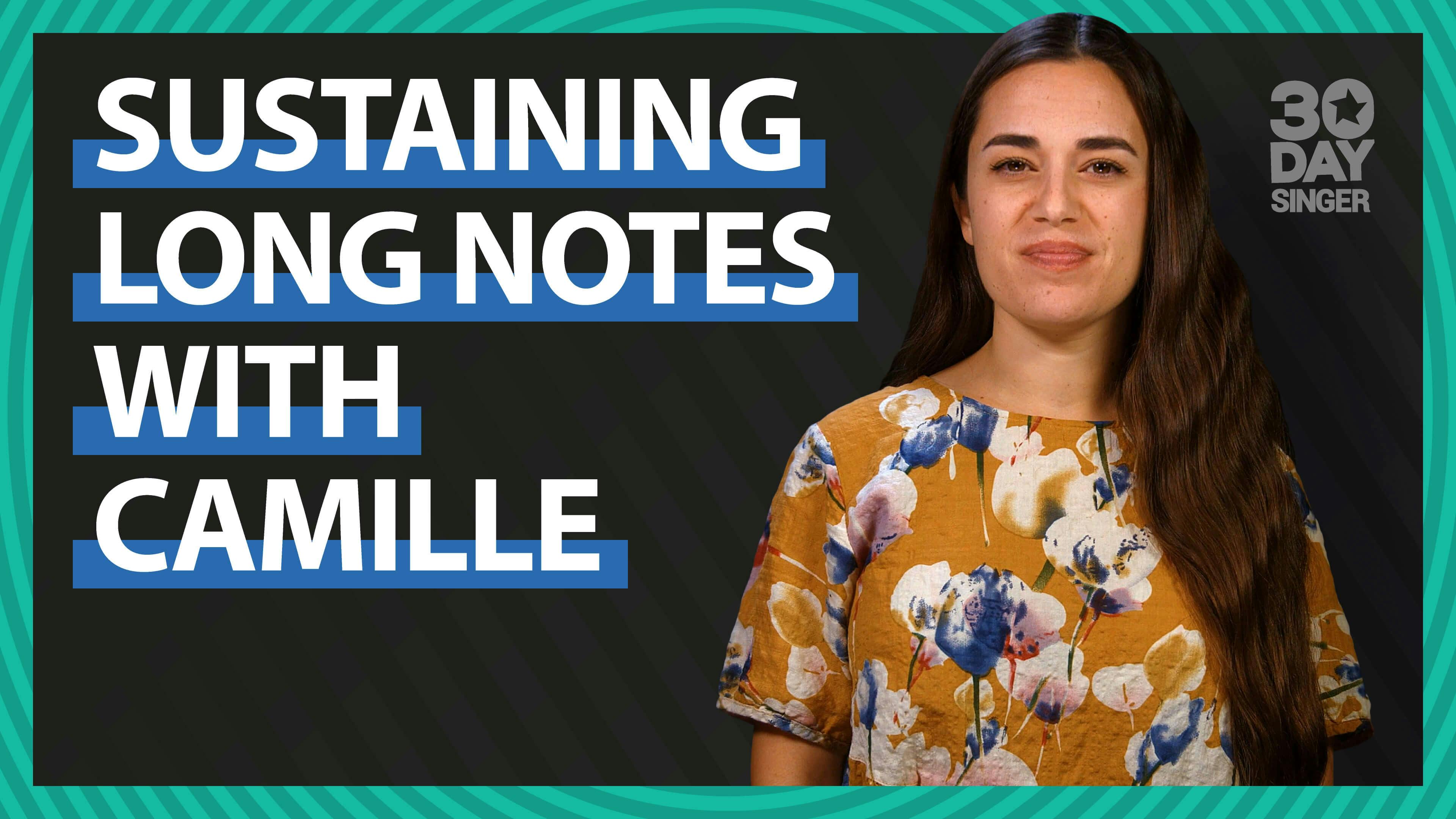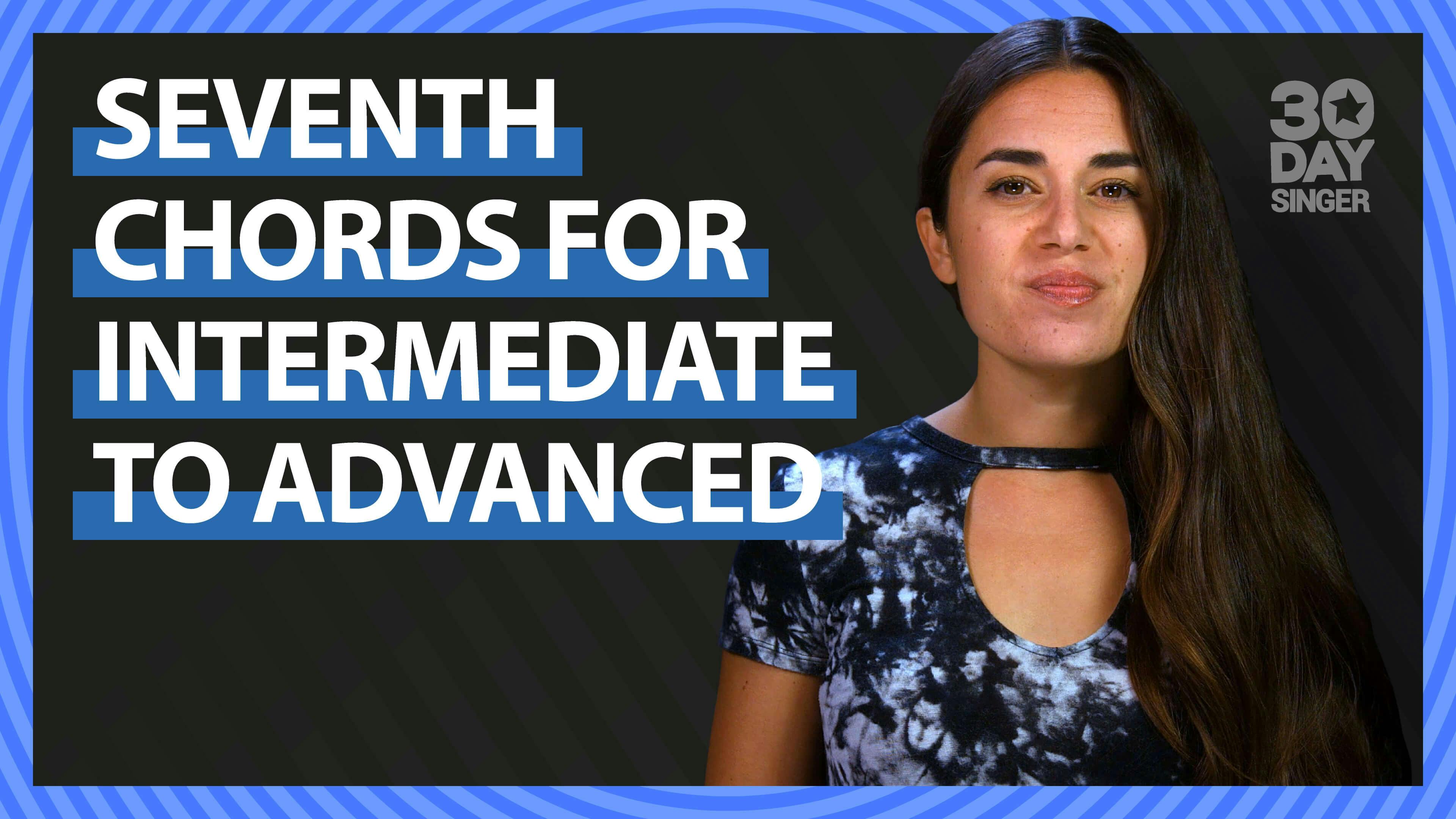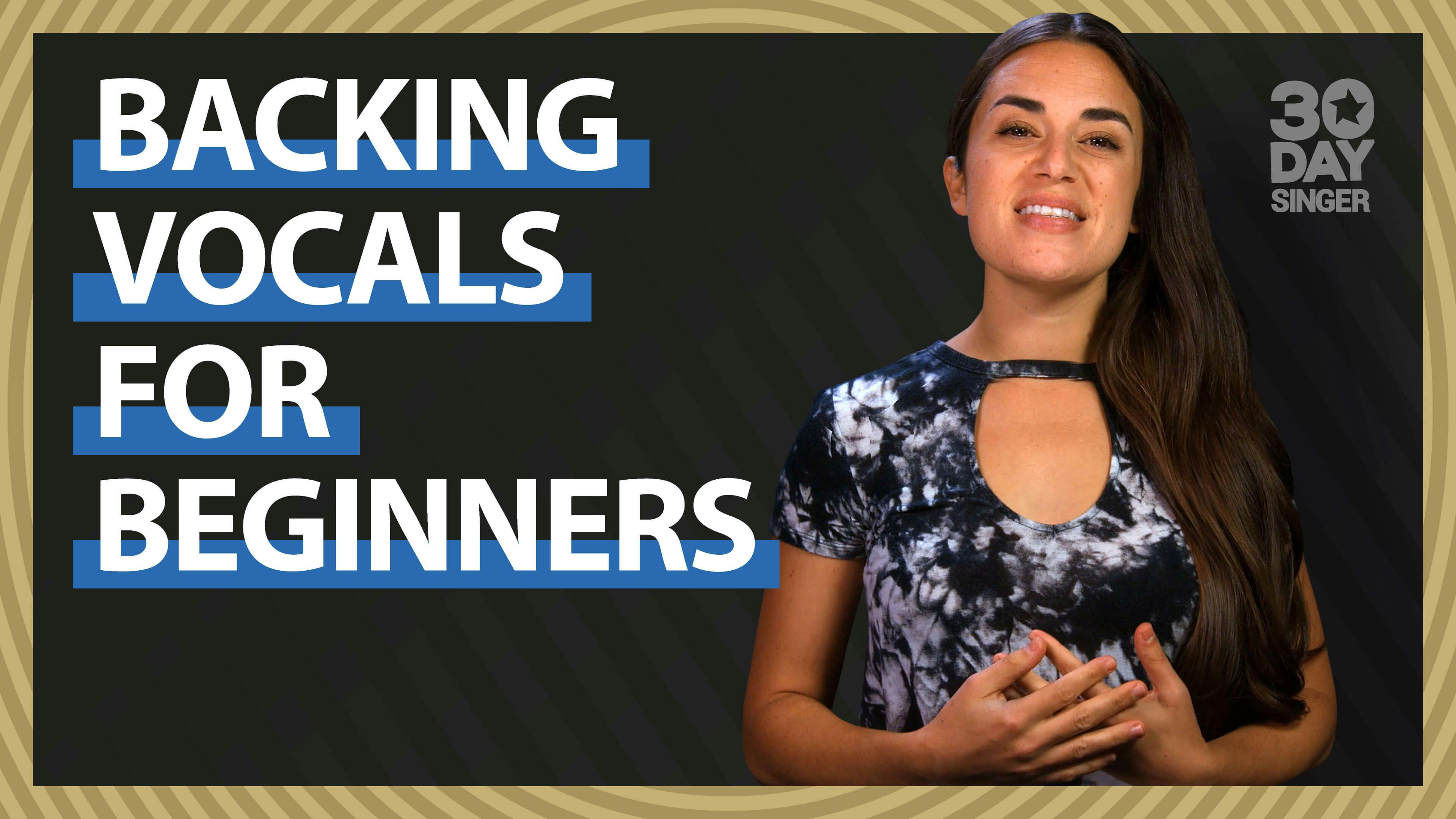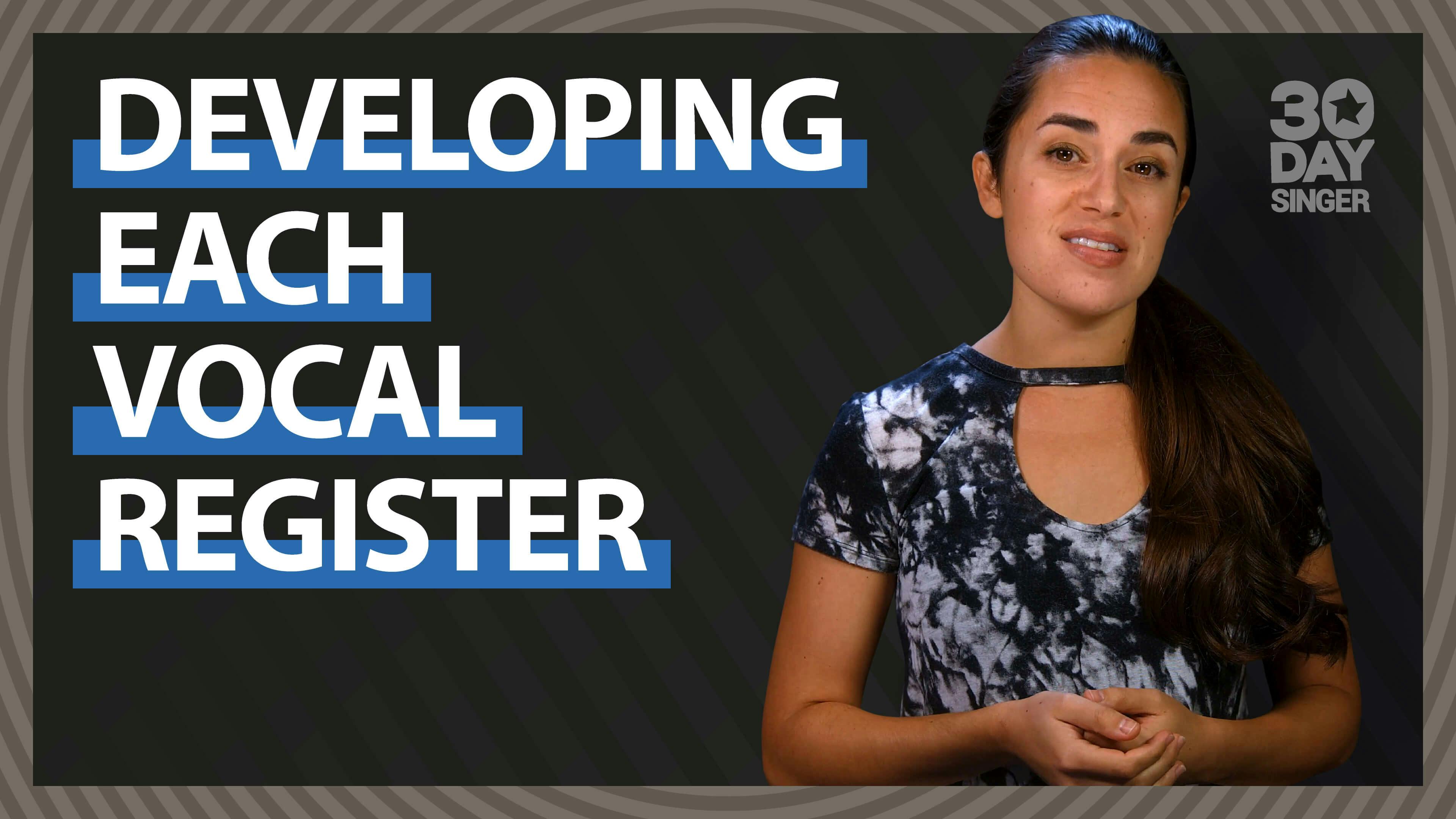Vocal Technique
Welcome to the Vocal Technique section of 30 Day Singer. These lessons focus on developing key singing techniques like vibrato, belting, singing higher or lower, breath control and much more. We offer guidance on how to learn these techniques and perfect them so you can perform with confidence. Some of these techniques are introduced in our beginner courses so if you need more time and focus on a particular area, these lessons come in very handy. You can bounce between these lessons freely or use a set combination of these lessons as part of your daily practice routine to monitor progress.
TUTORIALS
Sustaining Long Notes For Lower Voices
By Abram PoliakoffSustaining a note is objectively more difficult than just hitting that same note. Join Abram in this three part lesson on sustaining long notes.
Daily Chest Voice Workout For Beginning Tenors And High Baritone
By Abram PoliakoffChest voice is used for the pitches at the lower end of your range - although for male or lower voiced singers, chest register usually takes up more of your range over all. Join Abram for a daily workout to help create, and strengthen your chest voice!
Singing With Richer Tone For Low Voices
By Abram PoliakoffSinging with a thin, small sound is common in beginning singers. Work with Abram in this lesson series and learn how to make a fuller and richer tone.
Major Scale Riffs
By Camille van NiekerkAfter pentatonic riffs, major scale riffs are the most common. The good news is: you’re already familiar with the major scale! This lesson series will give you plenty of practice singing 3, 4 and 5-note patterns. It’ll be fun!
Sustaining Long Notes With Camille
By Camille van NiekerkSustaining a note is objectively more difficult than just hitting that same note. Join Camille as she teaches you the best tips and tricks to sustaining long notes.
Seventh Chords: Intermediate To Advance
By Camille van NiekerkIf you’re into jazz, R&B or rock, you should learn how to recognize and sing 7th chords. While our basic chords, or triads, have 3 notes, a 7th chord has 4, adding the 7th scale degree. This lesson series is perfect for more intermediate to advanced singers, and we recommend completing my other chord tutorials first. If you’re comfortable singing major, minor, diminished and augmented chords, you’re ready for 7ths.
Easy Pentatonic Riffs
By Camille van NiekerkMany riffs and runs are built using the pentatonic scale. Join Camille in this lesson series on easy pentatonic riffs. In each lesson, we’ll add on one note, until we’re singing 5-note riffs!
Backing Vocals For Beginners
By Camille van NiekerkAre you interested in singing backing vocals or joining a choir? If so, check out Camille's lesson series on backing vocals for beginners. We’ll take three well-known songs and practice singing backing vocals on each one. If you’re new to harmonizing, this will be a great first step!
Developing Each Vocal Register
By Camille van NiekerkWhether you’re just starting out or want a quick refresher, this lesson series is a quick crash course in developing each vocal register. Just the basics - but they’re very important basics to master.
Jazz Style For Beginners
By Camille van NiekerkIf you’re interested in jazz vocals, or just curious to see what it’s like, check out this lesson series on jazz style for beginners! We’ll cover three crucial elements of jazz singing and use some popular jazz standards to practice.
Frequently Asked Questions
Some great vocal warmups for singers start with gentle humming or lip trills to relax and engage your vocal cords without straining them. Then, work through some scales to gradually increase your pitch range and get your voice fully warmed up.
For a quick 5 minutes vocal warm up, try some lip trills or gentle humming for a couple of minutes. It’s effective and quickly preps your vocal cords for singing or speaking without overdoing it.
When your voice is sick, keep singing warmups light and gentle—like humming or low, quiet scales. Also, drink lots of warm fluids and rest your voice as much as possible.
Start with some light humming, followed by a few pitch glides (from low to high sounds) to get your voice comfortable. Finish with a few tongue and lip trills to help with articulation.
Two good vocal warm ups are humming and lip trills. These are super effective and easy vocal warm-ups that gently activate your vocal cords without causing strain. Both are great for starting any vocal exercise.
Breathing exercises and resonance drills, like humming and vocal slides, improve the quality and projection of your speaking voice. They help develop control and clarity, making your voice sound more confident.
Hydrate regularly, practice breathing exercises, and do daily warm-ups. Consistency with these habits will help your voice sound smoother and stronger over time.
To strengthen a weak speaking voice, practice deep breathing and speak from your diaphragm to add power. Also, try projection exercises like speaking in front of a mirror to boost confidence and clarity.
Focus on articulation exercises, like tongue twisters, and practice controlling your breath to avoid running out mid-sentence. Over time, these will improve clarity and help you speak with ease.
The four vocal function exercises are sustained phonation (holding a sound steadily), pitch glides (sliding between notes), lip trills, and staccato sounds on different pitches. They work together to strengthen and balance your vocal cords.












